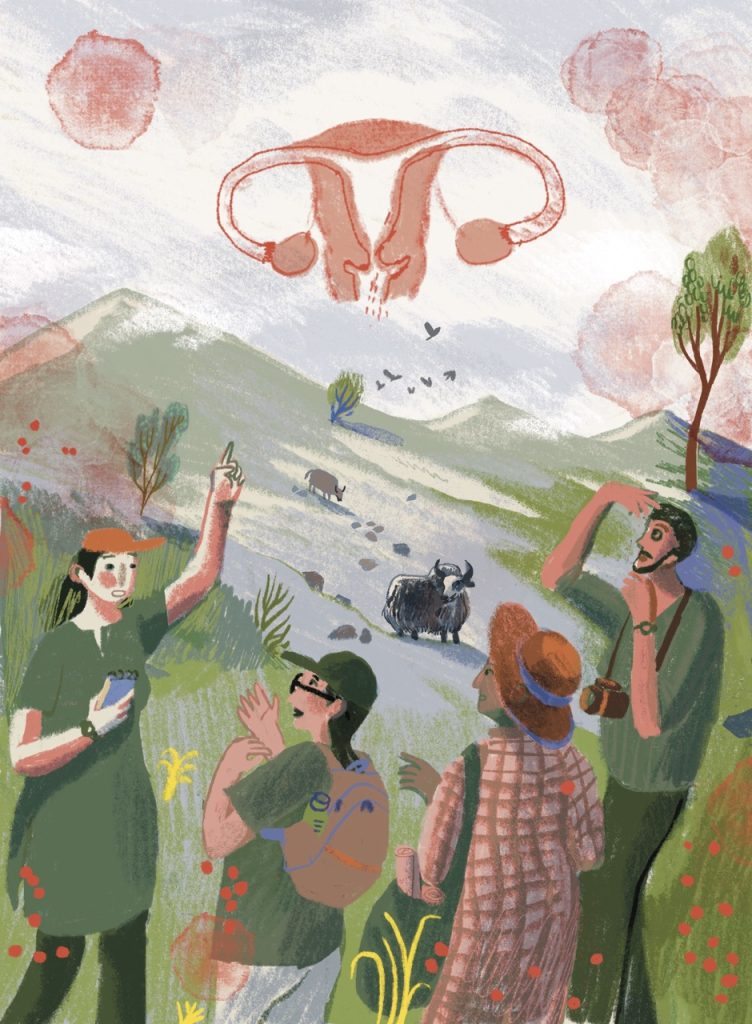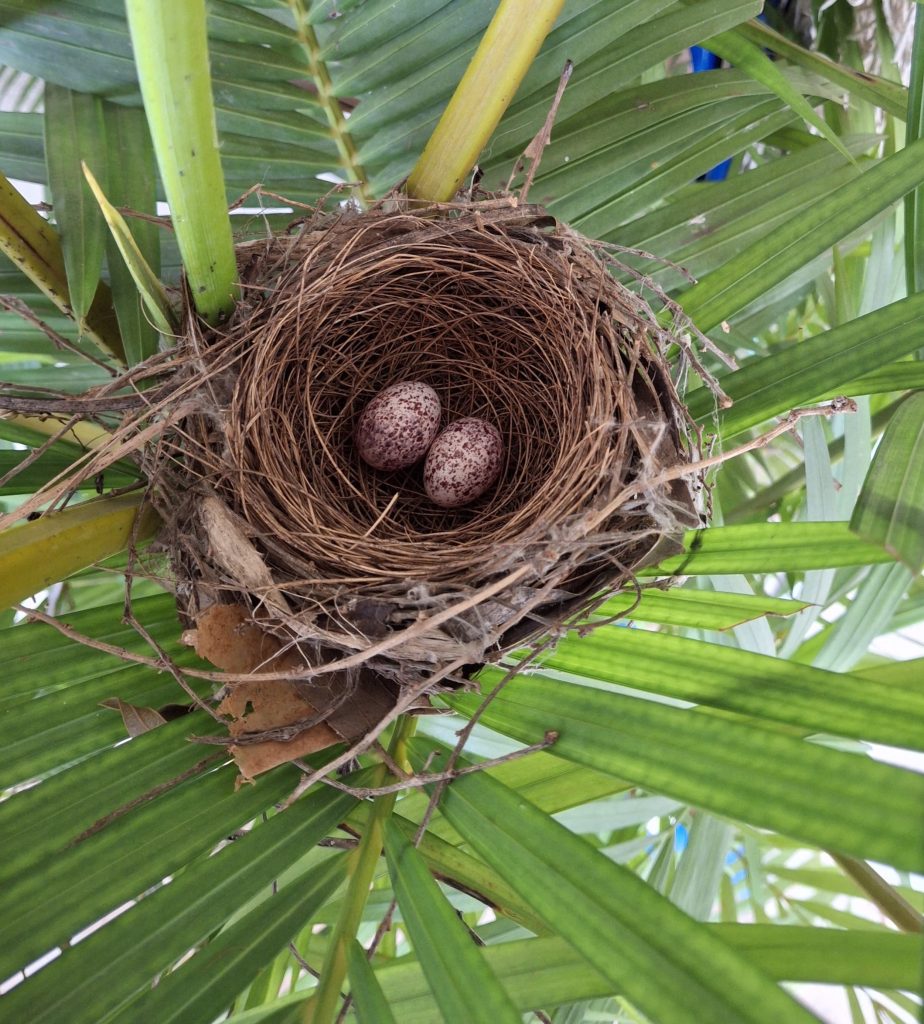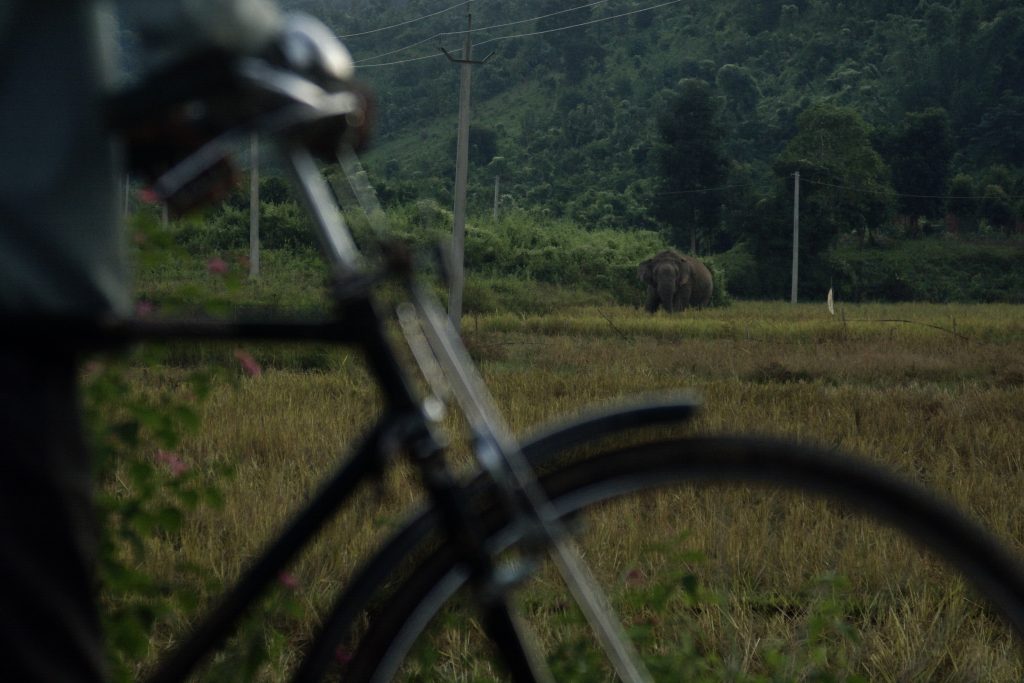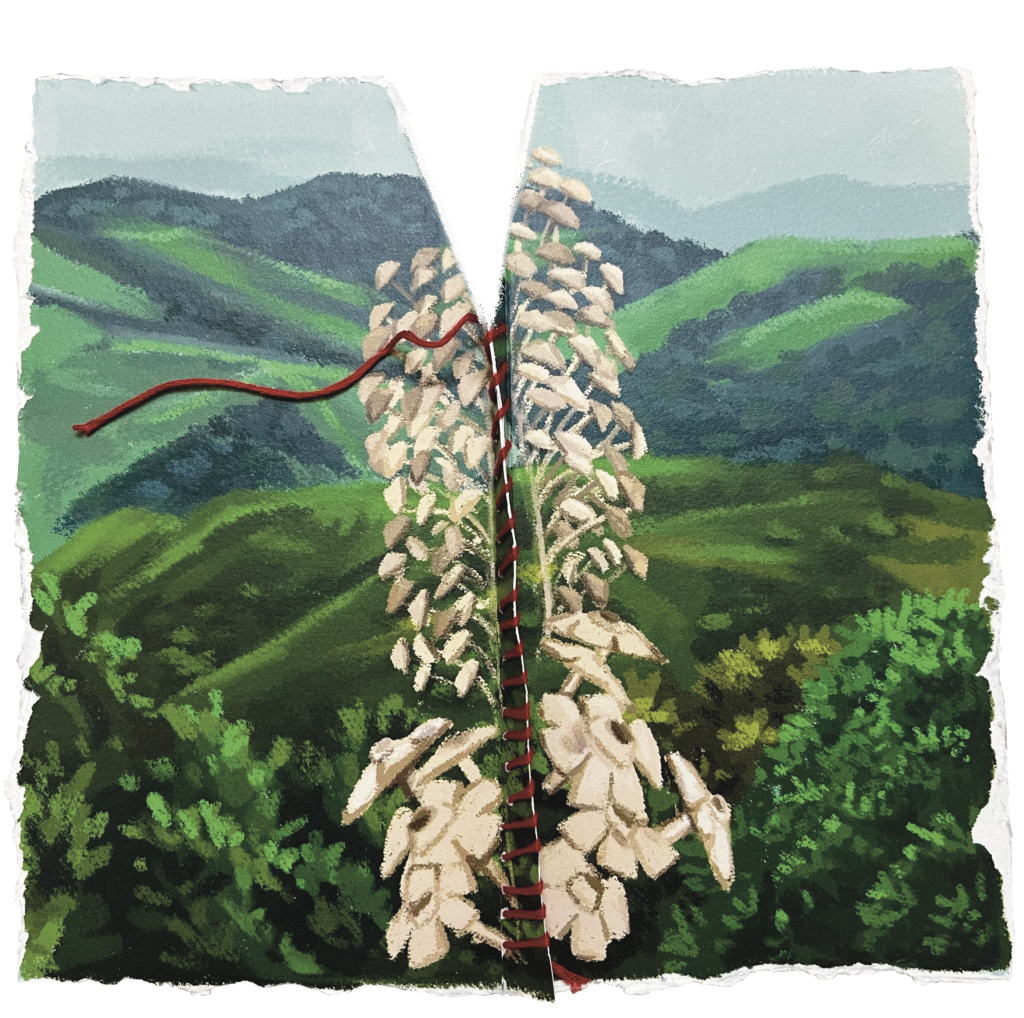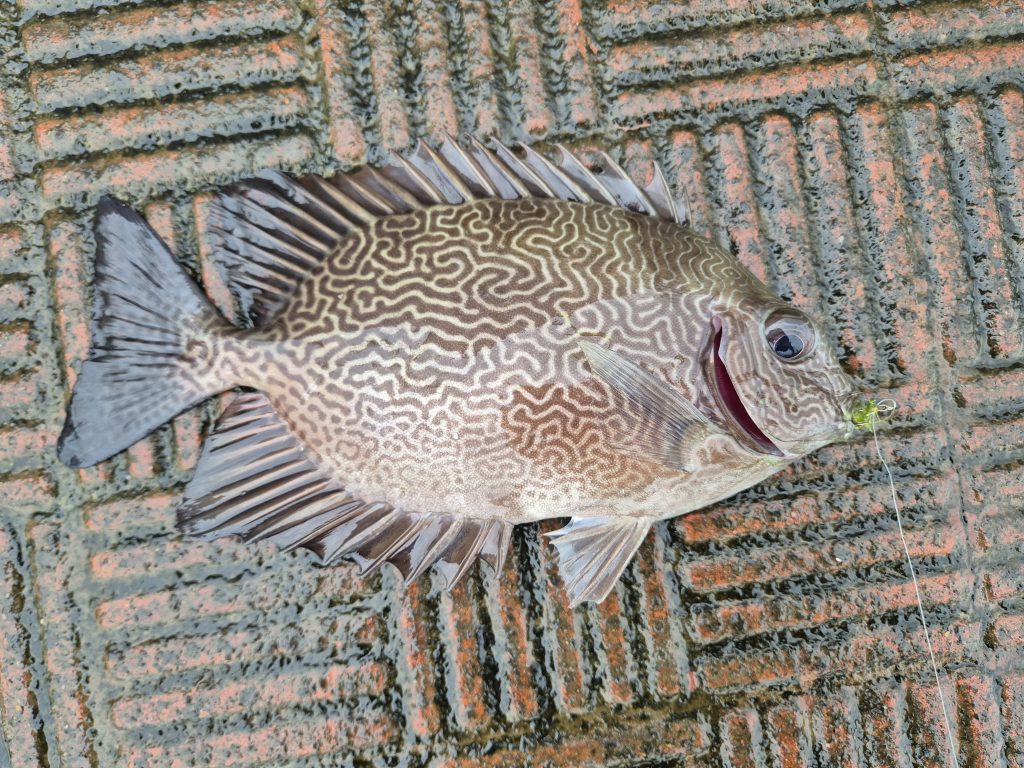The unparalleled rush of driving through the pitch-dark roads of Sanjay Gandhi National Park in a bumpy Gypsy, a leopard framed by our headlights lounging in our pathway, was far from what I had expected when I committed to an internship in Mumbai. I was always interested in nature and, to gain exposure and experience in the field of conservation, I interned on a project conducted by Ramya Nair, who is working with Dr. Vidya Athreya at Wildlife Conservation Society- India. Her project was particularly interesting because it looks at social science-based tools for conservation research in order to study human-wildlife interactions beyond a “conflict” perspective. I also simultaneously volunteered on a leopard density survey headed by Nikit Surve, another researcher in the team.
Driving into the park for the first time, I was awed by the peculiarity of the environment. At the outset, I was struck by the juxtaposition between the bustling highway, overflowing with traffic, and the road leading to the National Park that was covered in a sea of people. It felt like we were driving through a regular city park with the exception of the occasional herd of spotted deer running across the street or a macaque couple mating on the branches. The sheer number of people in the park made it hard to believe that we were in a Protected Area. Looking around, you could see the basic hallmarks of any public park – children playing, couples frolicking, senior citizens power walking, pre-wedding photoshoots and the like. Owing to my narrow metropolitan perspective, it was astonishing to think that, by night, there were leopards roaming around. More surprising than that was the fact that there were over 1500 Adivasi families living in tribal hamlets or padas within the boundaries of the national park.

As a Bangalorean who was born and raised in the city, to whom the forests were limited to 3-day vacations, this volunteering experience gave me a new perspective on nature and wildlife. It helped me realize that there need not be a distinction between forest life and everyday life. Under Ramya’s project, I went through interview footage so, despite not being present, I learnt quite a bit about the social institution of Waghoba, a tribal big cat deity. It was interesting to see the role of Waghoba in making people more tolerant to sharing space with leopards in the landscape. Waghoba manifested as a coping mechanism for them to deal with fear and livestock depredation.
Another interesting finding was that the people from Adivasi communities that worship Waghoba considers both big cats (tigers and leopards) as wagh, which diverges from the western taxonomy of distinguishing between different species of big cats. Watching the recorded footage of the practice of worshipping Waghoba helped me acknowledge the fact that such alternate lifestyles are entirely valid even though many of us are not exposed to ways of living beyond the constraints of urban life. By not exploring and understanding them, we are limiting our worldview to that which we see in our immediate surroundings. In fact, the academic papers that we were reading as part of research under the Waghoba project helped us realize the deep-rooted effects of colonization that make us overlook the experiences of people to whom the jungle is home. Reading these papers alongside working on-field was enlightening because I could see what I read play out before my eyes. It made me realize the importance of field experience to academia in any field of study while giving me a more intimate understanding of the world beyond urban life.
Camera trapping allowed me to experience forests in a new and personal way – on foot rather than through a car window. While walking the trails, we had to constantly remain vigilant to prevent any sudden and unfortunate encounters with wildlife, which was new to me as I was accustomed to having my head in the clouds and music blaring in my ears. Initially, I was amazed at the other volunteers’ ability to identify birds by their call, while simultaneously finding pug marks in the ground and also sniffing out the urine scent of scrape marks. But through the course of my experience here, I learnt to engage all my senses and be constantly aware of my surroundings. Now I even find myself sighting birds like the brown-headed barbet while walking around my neighborhood! I can’t even imagine what I must have missed in all these years of living in a metropolitan bubble.
Now, wherever I go, I find myself hearing a certain bird call or seeing a certain tree which reminds me of my month in the park. It is jarring to see that even though the same elements are present, it is different in some indescribable way. It forced me to consider the alarming rate of habitat degradation and realize the need for conservation research. This experience was a real eye-opener and it has inspired me to pursue my interests in wildlife conservation.

